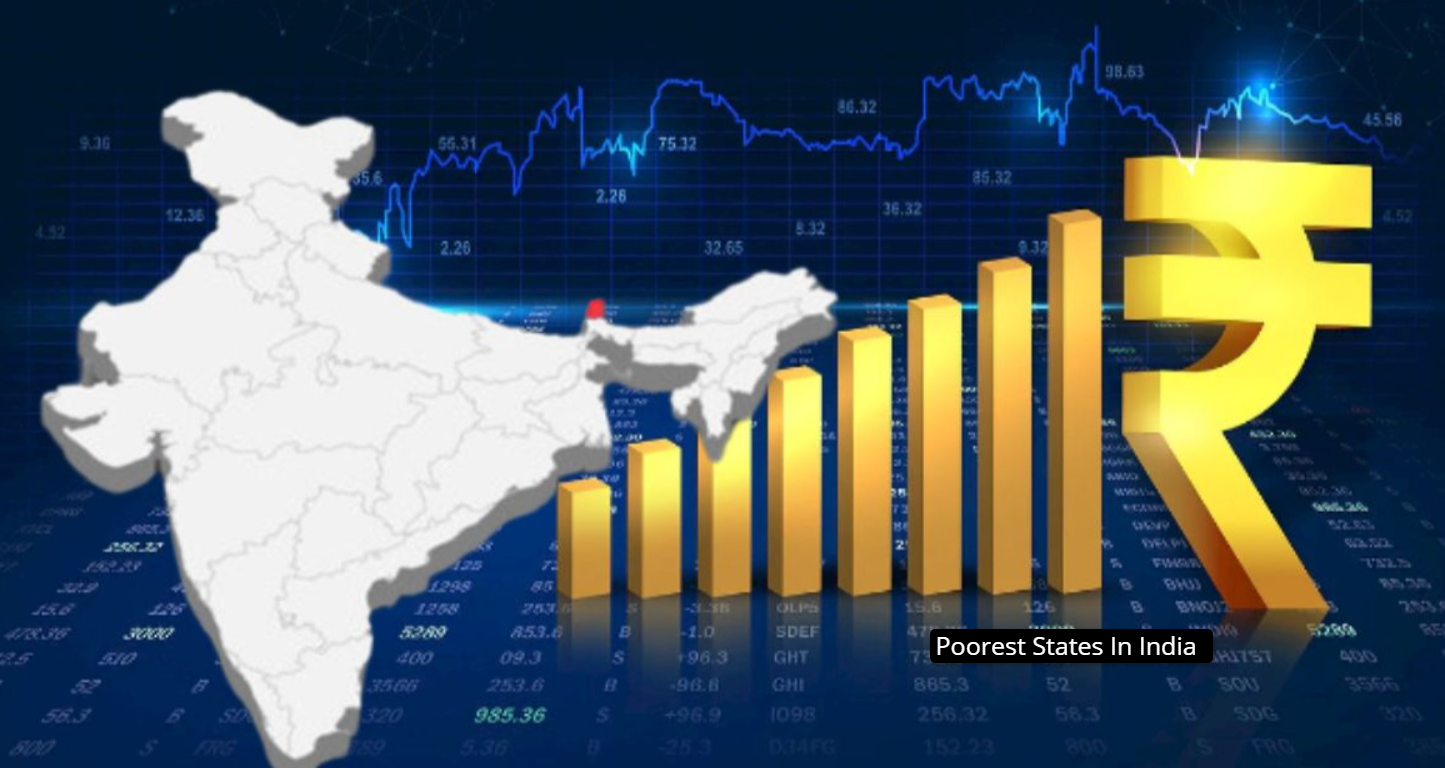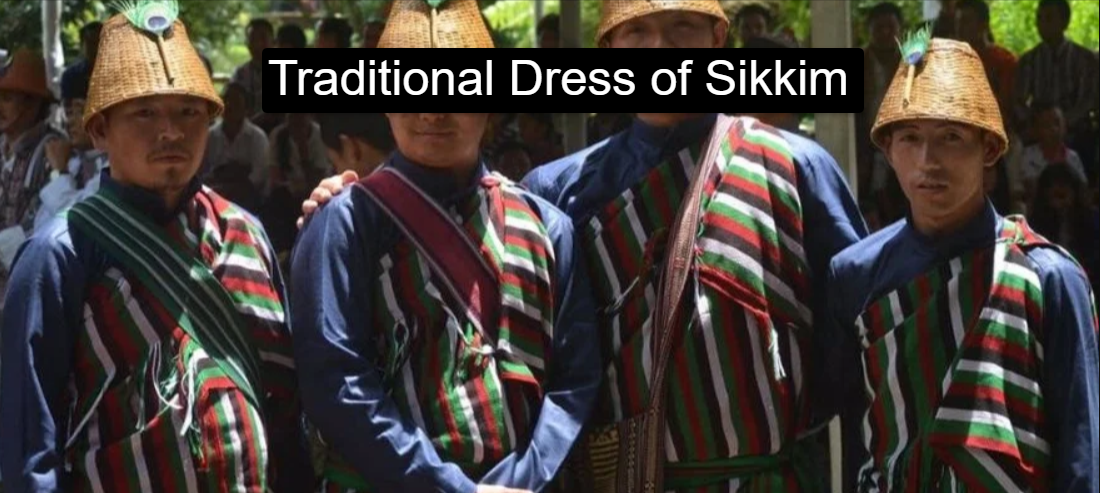The 2024-year quest towards becoming an economically powerful country will not stop, however the path is not smooth and certain regions being further behind. This naive view of the poorest areas of the country wants to target areas that are where the light of prosperity could be dim, and require targeted intervention and sustained efforts. When dealing with the major issues these states have to face like excessive poverty, outdated economic systems, and the issues of modernization, we need to analyze the nature of the many issues caused by stagnation in the economy. This blog post aims to create not just the gap, but to encourage a discussion about how these disparities can be able to come together in an unified path of growth with each step illuminates the entire swath of this huge lively country. The topic that we delved into is going to be explored further.
1. Bihar
Within all Indian States, Bihar has the lowest level of poverty. 51.91 percent of the population had an average headcount that was MPI (Multidimensional Poverty Index) higher than or equivalent to 0.5 and ensconced in a multidimensional state of poverty. This shocking rate of poverty is a result of multiple forces that stem from the deep-rooted challenges of institutions as well as widespread illiteracy and poor agricultural practices. these issues pose serious challenges that are structurally rooted and central for any development initiatives or efforts to result in change within the state. This addresses the fundamental issues facing Bihar in fostering sustainable development and thus increasing the quality of life of the inhabitants.
2. Jharkhand
Jharkhand is the second-poorest state in India with an average MPI of 42.16 percent. Jharkhand has been characterized as a victim of low levels of literacy, inadequate educational attainment, high infant mortality rates, and poor nutrition of children. Other ongoing health and educational challenges facing the state, which was in Bihar up to 2000, help to sustain the current the high level of poverty in Jharkhand. It is essential to introduce targeted intervention in the health and education sectors, in addition to other areas that can improve the quality of life and thus reduce the amount of poverty that its citizens suffer from.
3. Uttar Pradesh
Uttar Pradesh has an MPI (Multidimensional Poverty Index) value of 37.79 percent. It is the third most deprived state in India and is just behind Jharkhand. This high level in the MPI for Uttar Pradesh implies a large proportion of the population suffers from multidimensional poverty. It covers a variety of aspects like education, health as well as living conditions. There has been a significant improvement in the last few years, with a significant portion of the population being lifted out of poverty, in particular over the last few years as a result of factors like improvements in sanitation and nutrition, as well as accessibility to essential services in addition to other. However, despite the many advances most of the population of Uttar Pradesh still lives under extremely challenging conditions.
4. Madhya Pradesh
Madhya Pradesh with an MPI of 36.65% stands out due to its substantial tribesmen population. It is among the states that have an obvious tribal population which suffers from poverty at more extreme levels than other communities within the state. Rural poverty, specifically the tribal communities, are in significant dependence on the forests resources base. This underscores the necessity for strategies to help make development sustainable. These include interventionist strategies targeted at the specific requirements of these communities, such as the expansion of access to essential services and opportunities for economic growth and thereby contributing to the reduction of poverty within the region.
5. Meghalaya
Meghalaya is a state with a significantly greater poverty rate, that is at the MPI level of 32.67 percent, meaning that it is regarded as the fifth-poorest State in India. Some of the major issues facing Meghalaya generally are extreme malnutrition, poor infrastructure, and education facilities. A significant portion of the population is also deficient in essential necessities, such as electrical power and clean cooking fuel. These, in conjunction with the multiple dimensions of the issue of poverty Meghalaya need all dimensions are addressed by a comprehensive approach that focuses on improvement in health, education and living conditions that improve standards of living for the people.
Conclusion
The year 2024 is the first time India continues to face enormous economic disparities, in which certain regions are marginalized. Bihar, Jharkhand, Uttar Pradesh, Madhya Pradesh, and Meghalaya are the regions of India which are the most affected by multifaceted poverty, which demonstrates the urgency of targeted interventions and the ongoing efforts to lift up communities who are marginalized. Development that is equitable and inclusive of all will keep the tide from rising India’s prosperity.



